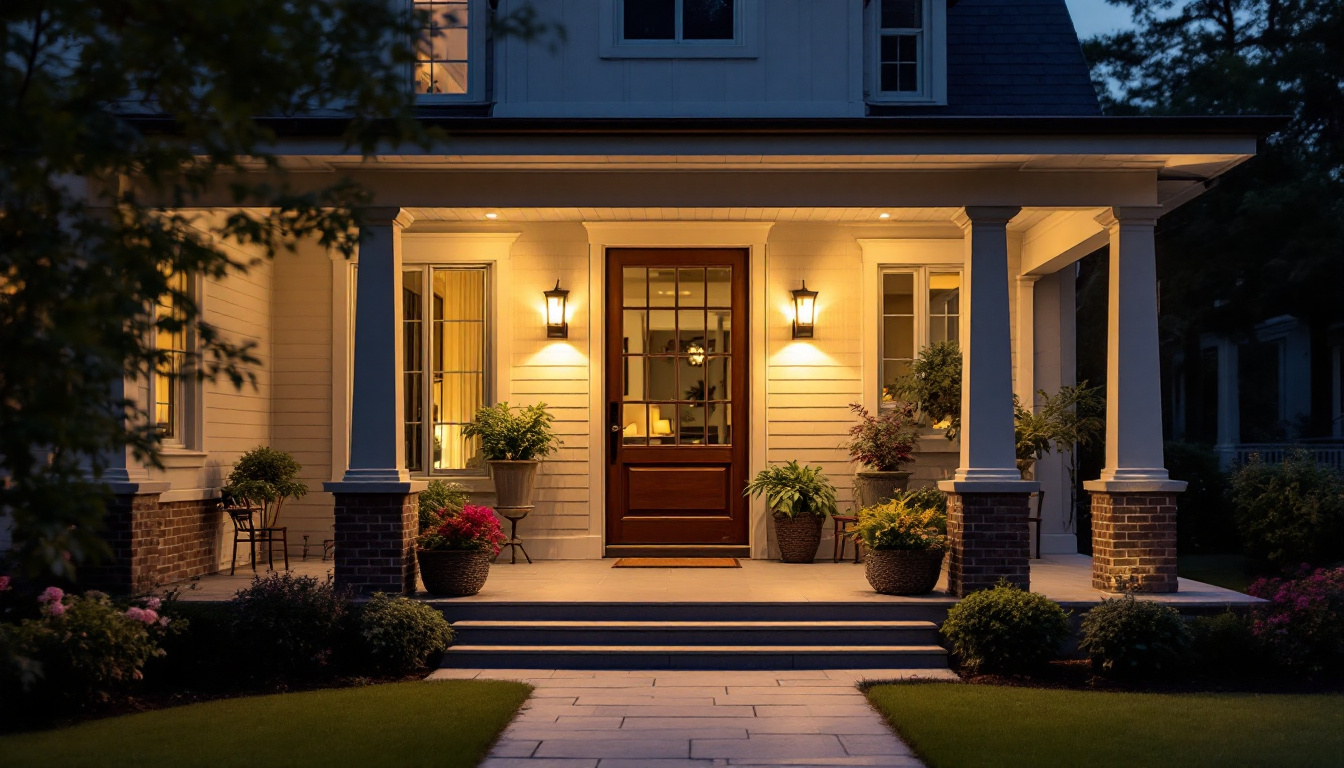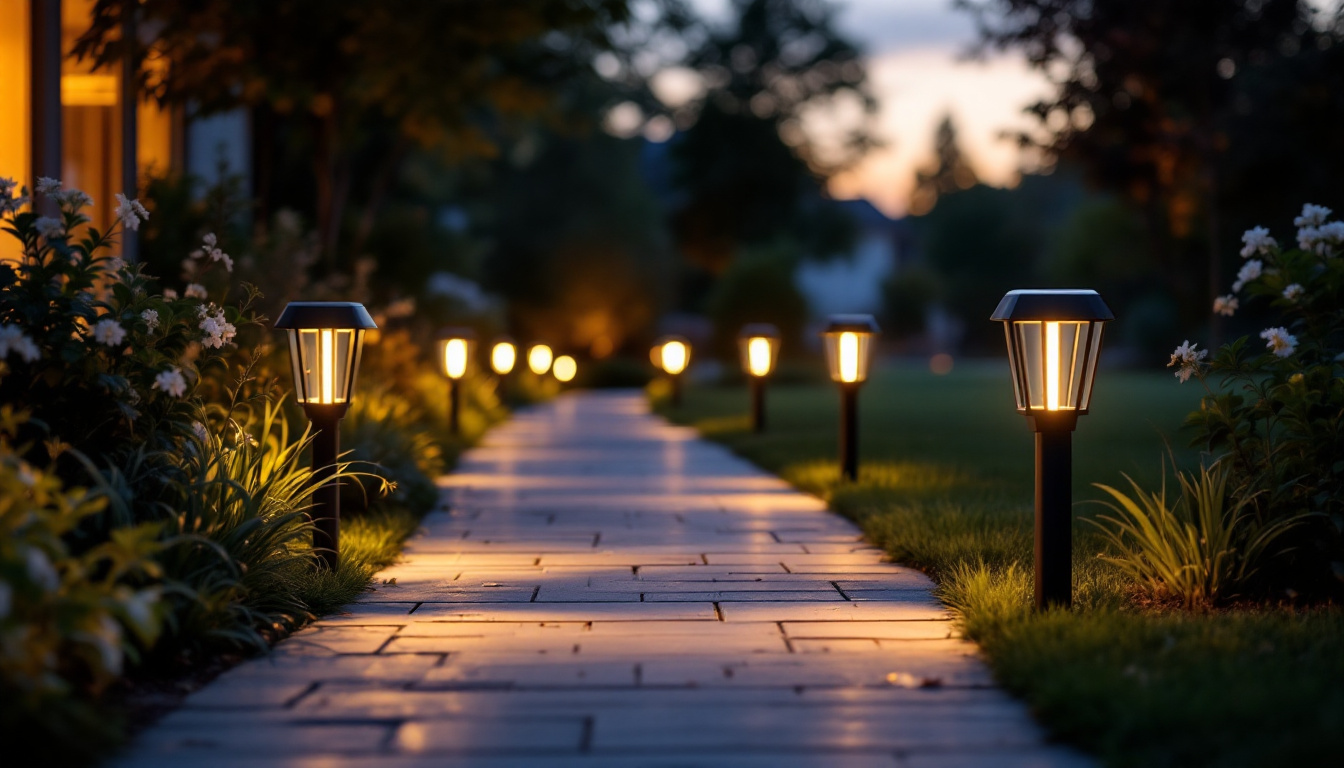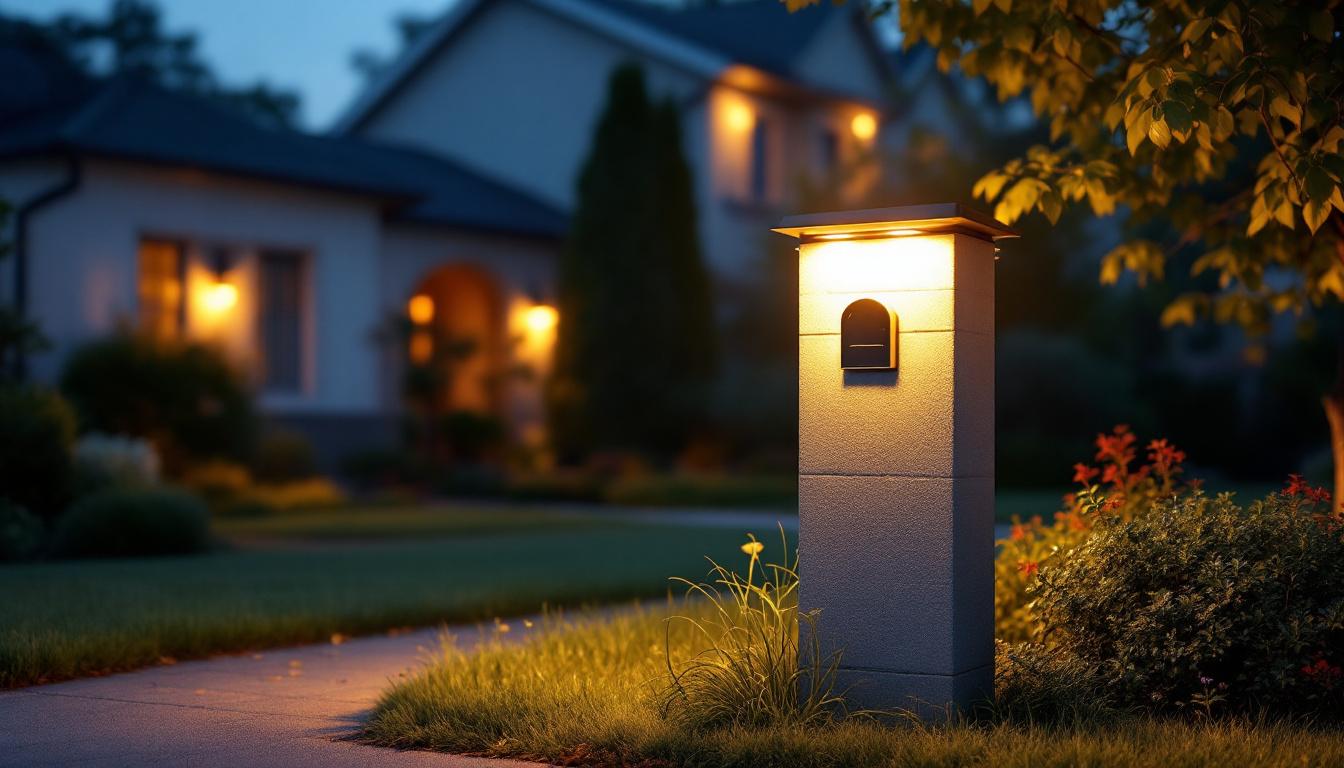
T12 fluorescent bulbs have long been a staple in commercial and industrial lighting. Despite the emergence of newer technologies, such as LED lighting, T12 bulbs are still prevalent in many facilities. For lighting contractors, understanding the nuances of T12 fluorescent bulbs is essential for providing clients with the best solutions. This article explores effective approaches for contractors dealing with T12 fluorescent lighting, from installation to energy efficiency considerations.
T12 fluorescent bulbs are characterized by their 1.5-inch diameter, making them larger than their T8 and T5 counterparts. They are typically used in a variety of applications, including warehouses, retail spaces, and office buildings. Despite being phased out in favor of more energy-efficient options, T12 bulbs still have their place in many lighting systems.
One of the primary features of T12 fluorescent bulbs is their ability to provide a broad spectrum of light. This makes them suitable for environments where color accuracy is essential, such as in art studios or retail displays. Additionally, T12 bulbs are available in various color temperatures, allowing for customization based on the specific needs of a space.
Another notable feature is their relatively low initial cost. While the long-term energy savings of LED lighting are undeniable, many facilities still rely on T12 bulbs due to their affordability and the existing infrastructure that supports them. For contractors, this presents an opportunity to educate clients on the balance between upfront costs and long-term savings. Furthermore, T12 bulbs can be found in both standard and high-output versions, providing options for different lighting requirements and preferences.
T12 fluorescent bulbs are often used in high-bay lighting applications, where their brightness and wide beam angle can illuminate large areas effectively. They are commonly found in warehouses, manufacturing plants, and gymnasiums. The ability to cover expansive spaces with fewer fixtures can lead to significant cost savings in both installation and maintenance.
Moreover, T12 bulbs are compatible with various types of fixtures, including troffers and surface-mounted fixtures. This versatility allows contractors to easily integrate them into existing lighting systems, making upgrades or replacements more straightforward. Additionally, T12 bulbs can be utilized in specialized applications such as horticultural lighting, where their spectral output can support plant growth in indoor farming setups. This adaptability not only highlights the bulb’s utility but also its relevance in evolving industries that prioritize sustainability and efficiency.
Furthermore, T12 bulbs can be fitted with electronic ballasts, which enhance their performance by providing a more stable light output and reducing flicker. This can be particularly important in environments where consistent lighting is crucial for productivity and safety, such as in laboratories or assembly lines. As businesses continue to seek ways to improve their lighting solutions, understanding the unique advantages of T12 fluorescent bulbs remains essential for making informed decisions about lighting infrastructure.
When it comes to installing T12 fluorescent bulbs, several factors must be taken into account. Proper installation not only ensures optimal performance but also enhances the longevity of the bulbs. Contractors should be well-versed in the installation process to avoid common pitfalls.
Before installation, it is crucial to assess the compatibility of fixtures with T12 bulbs. Many older fixtures are designed specifically for T12 bulbs, but some may require modifications to accommodate newer lighting technologies. Contractors should evaluate the existing infrastructure and recommend appropriate fixtures if necessary.
In some cases, retrofitting existing fixtures to accept T8 or T5 bulbs may be a more energy-efficient solution. However, this requires a thorough understanding of the client’s needs and budget constraints. Contractors should be prepared to discuss the pros and cons of each option with their clients. Additionally, it’s important to consider the aesthetic implications of different bulb types; for instance, T8 and T5 bulbs often provide a more modern look and can offer a wider range of color temperatures, which may appeal to businesses looking to enhance their ambiance.
Ballasts are essential components in fluorescent lighting systems, as they regulate the current flowing to the bulbs. T12 bulbs typically require magnetic ballasts, although electronic ballasts are also available. The choice of ballast can significantly impact the performance and energy efficiency of the lighting system.
Contractors should educate clients about the benefits of electronic ballasts, which can improve energy efficiency and extend the lifespan of T12 bulbs. While the initial investment may be higher, the long-term savings on energy bills can justify the cost. A thorough understanding of ballast options will enable contractors to provide tailored recommendations. Furthermore, it’s worth noting that electronic ballasts operate more quietly than their magnetic counterparts and reduce flickering, contributing to a more pleasant working environment. This can be particularly important in settings such as offices or schools, where distractions can hinder productivity and learning.
Energy efficiency is a critical consideration for any lighting contractor. While T12 fluorescent bulbs may not be the most energy-efficient option available, there are strategies to enhance their performance and reduce energy consumption.
One of the most effective ways to improve energy efficiency is to retrofit existing T12 systems to T8 or LED lighting. T8 bulbs are more energy-efficient and produce more lumens per watt than T12 bulbs. Additionally, LED lighting offers even greater energy savings and a longer lifespan, making it an attractive alternative for many facilities.
Contractors should conduct a thorough energy audit to determine the potential savings associated with upgrading to T8 or LED lighting. This analysis can help clients understand the return on investment and make informed decisions about their lighting systems.
Incorporating lighting controls and sensors can further enhance the energy efficiency of T12 fluorescent systems. Occupancy sensors, for example, can automatically turn off lights in unoccupied areas, reducing energy waste. Dimming controls can also be integrated to adjust lighting levels based on the time of day or the needs of the space.
Contractors should familiarize themselves with the various control options available and recommend solutions that align with the client’s goals. Providing clients with comprehensive information about these technologies can help them make informed decisions about their lighting systems.
Regular maintenance is essential for ensuring the longevity and efficiency of T12 fluorescent bulbs. Contractors should emphasize the importance of routine inspections and maintenance to their clients, as this can prevent costly downtime and extend the lifespan of the lighting system.
Conducting routine inspections of T12 fluorescent fixtures is crucial for identifying potential issues before they become significant problems. Contractors should advise clients to check for flickering lights, dimming, or any signs of ballast failure. Addressing these issues promptly can prevent more extensive damage and costly repairs.
Additionally, cleaning fixtures and bulbs can significantly improve light output and efficiency. Dust and debris can accumulate over time, reducing the effectiveness of the lighting system. Contractors should recommend a regular cleaning schedule to maintain optimal performance.
When it comes to replacing T12 bulbs, contractors should develop a strategic approach. Keeping a stock of commonly used bulbs and ballasts can help minimize downtime for clients. Moreover, establishing a replacement schedule based on the average lifespan of T12 bulbs can ensure that clients are never left in the dark.
Contractors should also educate clients about the signs that indicate when a bulb needs to be replaced. This proactive approach can help maintain consistent lighting levels and reduce the risk of unexpected outages.
Effective communication with clients is essential for any lighting contractor. Educating clients about T12 fluorescent bulbs, their benefits, and potential alternatives can help build trust and establish long-term relationships.
Contractors should provide clients with comprehensive information about T12 fluorescent bulbs, including their energy efficiency, lifespan, and applications. This knowledge empowers clients to make informed decisions about their lighting systems and understand the value of the services provided.
Additionally, offering insights into the latest advancements in lighting technology can position contractors as knowledgeable experts in the field. Clients appreciate contractors who stay informed about industry trends and can provide valuable recommendations.
Transparency is key to building trust with clients. Contractors should be upfront about costs, timelines, and potential challenges associated with T12 fluorescent bulb installations or upgrades. By setting realistic expectations, contractors can foster positive relationships and encourage repeat business.
Furthermore, encouraging open communication allows clients to voice their concerns and ask questions. This collaborative approach can lead to better outcomes and increased client satisfaction.
T12 fluorescent bulbs may not be the latest technology in lighting, but they still hold significant value in various applications. For lighting contractors, understanding the intricacies of T12 bulbs—from installation and maintenance to energy efficiency and client communication—is essential for providing exceptional service.
By staying informed about industry trends and advancements, contractors can offer tailored solutions that meet the unique needs of each client. Whether through retrofitting to more efficient options or implementing smart controls, the approaches outlined in this article can help contractors navigate the complexities of T12 fluorescent lighting effectively.
Ultimately, the goal is to ensure that clients receive the best possible lighting solutions, enhancing their spaces while also considering energy efficiency and cost-effectiveness. With the right strategies in place, lighting contractors can continue to thrive in an ever-evolving industry.
Ready to elevate your lighting solutions with the best in T12 fluorescent bulbs and beyond? Look no further than LumenWholesale, where we provide contractors with the highest quality, spec-grade lighting products at unbeatable wholesale prices. Say goodbye to local distributor markups and hello to superior lighting products that meet the highest industry standards. Our hassle-free bulk buying process, complete with free shipping, ensures you receive premium lighting at the best value — without hidden fees. Enhance your lighting projects with the perfect blend of quality, affordability, and convenience. Discover the LumenWholesale difference today by visiting our extensive selection at Wholesale Lighting at the Best Value.

Discover the frequent pitfalls lighting contractors encounter when installing porch ceiling lights.

Discover the transformative impact of solar path lights on the lighting industry.

Discover the advantages and drawbacks of using light motion sensors in outdoor settings for lighting contractors.

Discover how a lighted mailbox post can transform your lighting installation business by enhancing curb appeal and boosting profitability.